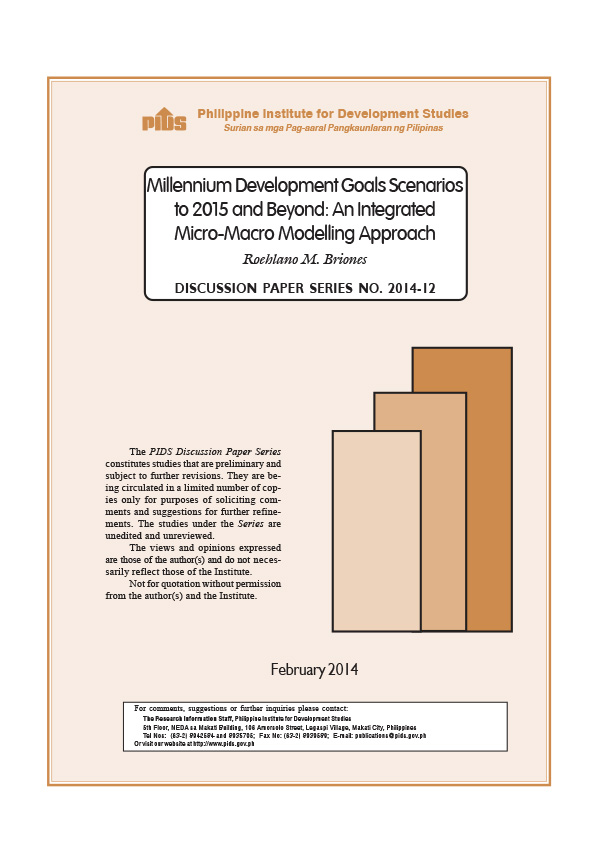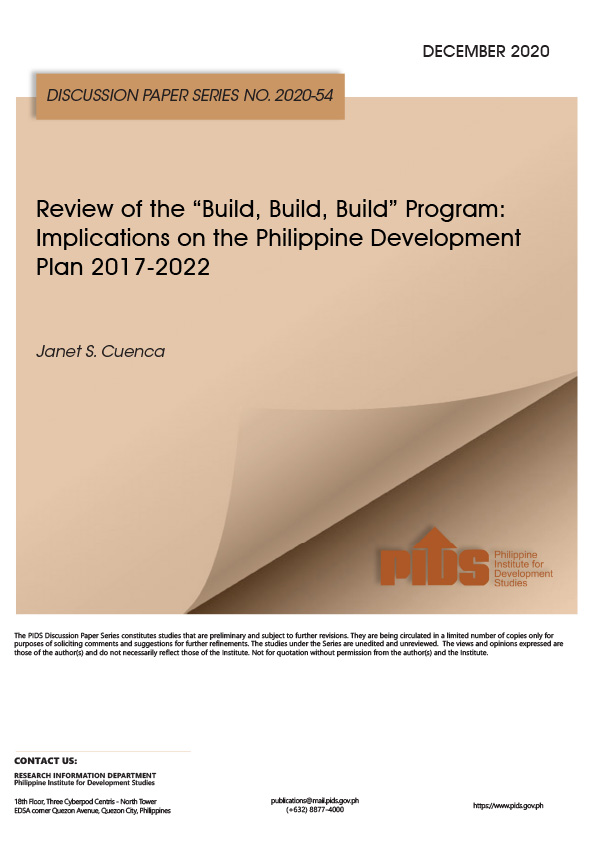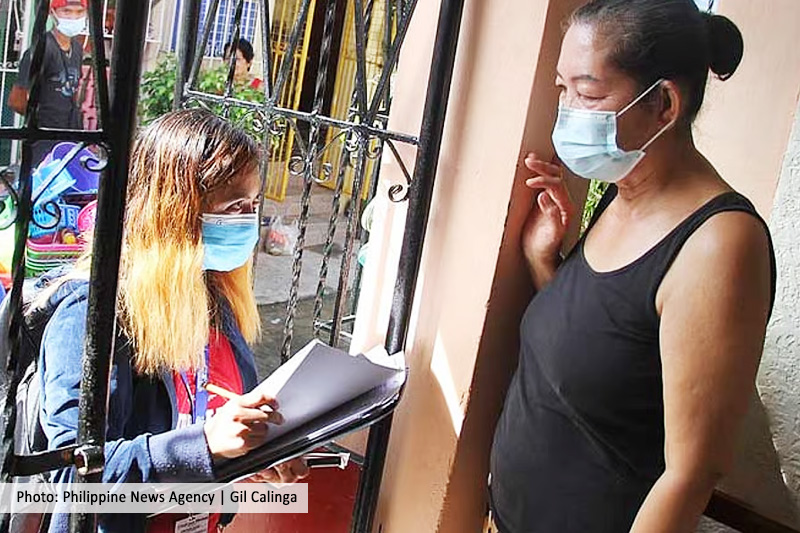A study of the Philippine Institute for Development Studies (PIDS) showed that the Philippines is not likely to attain its targets under the Millennium Development Goals (MDG) to reduce poverty, cut maternal mortality rate and improve education.
Roehlano Briones, PIDS research fellow who authored the study titled Millennium Development Goals Scenarios to 2015 and Beyond: An Integrated Micro-Macro Modelling Approach, said the country has set its pace to post-2015 development agenda than MDG targets for next year.
The study said poverty incidence may decline by 3.3 percentage points in 2015, which is "far below” the 8.6 percentage point MDG target.
"Poverty will be lower by 7.8 percent by 2025. What will be attained, but only by 2025, is a 2.7 percentage point reduction in extreme poverty, sufficient to attain half of the 1991 level,” Briones said in his study.
For education, Briones said with the economy’s "absorptive capacity for school graduates,” unemployment may be reduced to 4.8 percent compared to 2013’s 7.1 percent.
"With respect to child mortality, the MDG target is nearly attained in 2015, though the critical value is actually passed in
2016,” Briones said.
"In the Base or business-as-usual scenario, MDG targets for household water and sanitation, as well as child health, will be met [or approximated] by 2015. However, those for education and maternal health will be attained in 2025 and 2021, respectively,” he added.
"The goal for poverty will not be achieved even by 2025. The national debt follows a downward trajectory over the
simulation period,” he said.
The PIDS researcher noted that if the government increased outlays for education, health and infrastructure, it will lead to the earlier realization and achievement of the MDG targets in the respective sectors by 2016 and 2019.
He warned that financing through increased borrowing from international sources would lead to "escalation of foreign debt.”
"Hence, government should be cautious about proposals for dramatic increases in social spending and infrastructure to quickly close development gaps, unless it is able to accompany increases in spending with commensurate tax effort,” Briones said.







